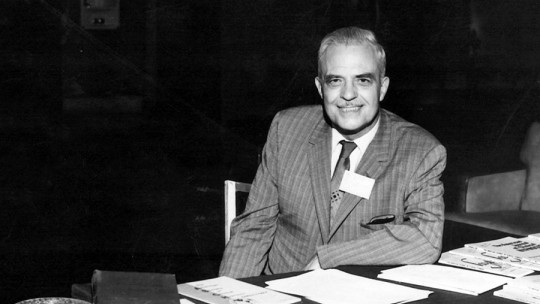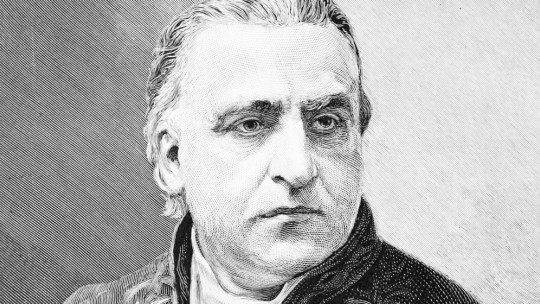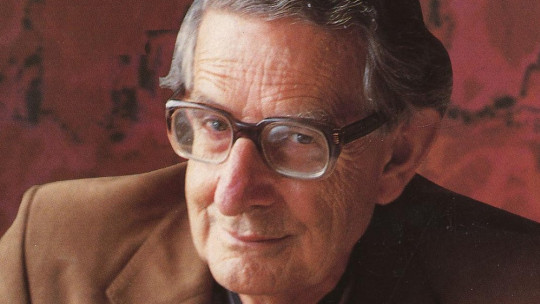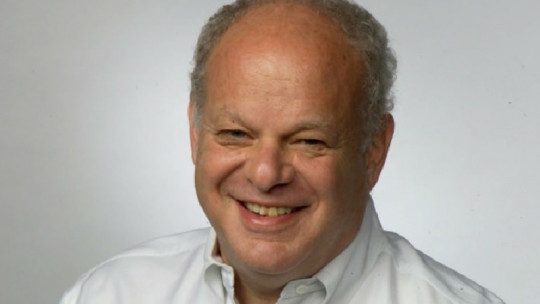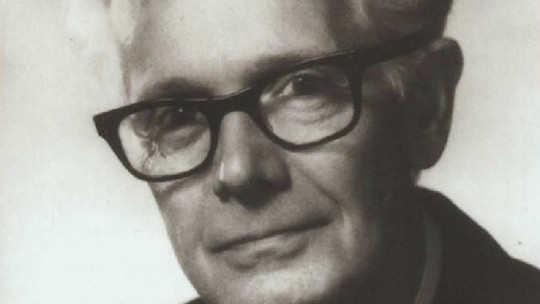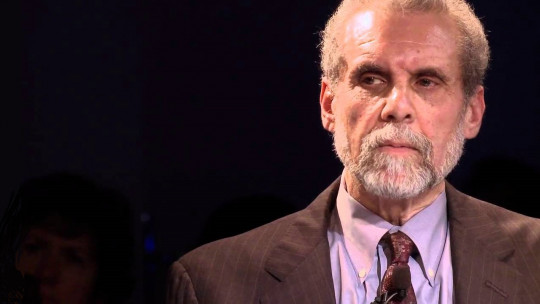Milton Hyland Erickson was a renowned American psychiatrist and hypnotherapist who, despite having suffered terrible pain throughout his life, this did not prevent him from having an outstanding professional career.
He went down in history for revolutionizing the conception of the subconscious, in addition to using hypnosis as a therapeutic tool within a serious clinical context.
As a sign of a prolific life, he founded several organizations focused on the study of hypnotherapy, leaving his mark in the fields of psychiatry and psychology. Let’s take a deeper look at his life through this biography of Milton H. Erickson in summary form.
Milton H. Erickson biography: who was this psychiatrist?
Milton is known for having perfected hypnotic techniques beyond a purely psychoanalytic context, and can be extrapolated to other currents of psychiatry and psychology. Among his most notable life milestones are having founded organizations such as the American Society of Clinical Hypnosis, in addition to participating in the creation of other institutions such as the American Psychological Association and the American Association of Psychopathology.
Early years
Milton Hyland Erickson was born on December 5, 1901 in Aurum, Nevada, United States Her family consisted of her parents, seven sisters and one brother, all of whom emigrated to Wisconsin to work on a family-owned farm.
His childhood was not a bed of roses. From a very young age, Erickson suffered from several illnesses that caused his health to be greatly weakened. In fact, in his adulthood Milton H. Erickson would acknowledge that he barely remembered his early years, and that much of his memories could be encompassed within a kind of “self-hypnotic trances.”
At 17 years old, Erickson contracted polio , a disease that was barely treatable with the medicine of the time, claiming the lives of many people. Polio left him with serious consequences, losing much of his mobility to the point of making his doctors think that he would not survive. However, this experience would prove to be fundamental for the development of his career, marked by strong determination and the fight against adversity.
Being bedridden due to the illness, barely able to move or speak, Erickson began to realize the power of body language to communicate with others. Furthermore, Milton H. Erickson claimed that it was around this time that he began to have what he called “bodily memories” of the movements that, before losing mobility, he could do with ease.
To cope with the disease, Erickson He began to use his own memories, concentrating on these body memories and, little by little, he regained control of his body to the point of being able to speak and move my arms normally.
His doctor recommended exercising his upper body strength and Erickson listened, taking it very seriously. So seriously that, to recover as soon as possible, He planned to make a trip of no more and no less than 1,600 kilometers by canoe, with the intention of strengthening his body intensely and being able to attend university After this dangerous feat, Erickson was able to walk again with the help of a cane, and attend the University of Wisconsin to study medicine and psychiatry.
Academic training and contact with hypnosis
Studying in Wisconsin, Milton Erickson began to document the effects of suggestion in patients It would be a matter of time before he discovered hypnosis, a relatively unknown field even for psychiatrists, and, perhaps because of its mystical appeal or because of the interest in discovering more about it, he began to delve deeper into the subject.
The then medical and psychiatry student would realize that I could use self-hypnosis as a way to combat pain that polio had caused him, which were terribly intense. Thus, through autosuggestion, Erickson acquired a better quality of life for a time, which motivated him to further refine his knowledge in this field.
At the age of 30 he had already gained some fame within North American psychiatry. His works on hypnosis and his especially remarkable way of applying it in therapy earned him a great reputation which allowed him to practice as a psychiatrist while working as a teacher at several universities.
Start in private practice
In 1948 Milton H. Erickson moved to Phoenix for medical reasons, since in that city he could enjoy a healthier climate. Unfortunately, After a year he was forced to provide therapy from his own home, since his physical condition worsened and ended up having to use a wheelchair, in addition to constantly suffering pain.
To combat these discomforts, Erickson himself used self-hypnosis techniques every morning that reduced the intensity of his pain. Thus, he could cope with the tasks of his daily life adequately. It is thanks to the use of these techniques and his strong determination that Milton Erickson continued to perfect his knowledge, making great advances in psychiatry.
One of the great contributions of this era was founding the American Society of Clinical Hypnosis in 1957 , serving as its president for several years. In addition, he founded the American Journal of Clinical Hypnosis, which was the first publication in the United States to deal with the topic of hypnosis seriously, with Erickson being its editor for a decade.
Last years
Milton H. Erickson’s physical condition worsened as the years went by. However, he continued to have a really active professional life. In fact, in the decades after he began as a private therapist He was the author of hundreds of articles and five books on clinical hypnosis and its application Among the most notable books we have Hypnotic realities (1976) and The February Man (1989), published posthumously.
He did not move away from academic life, continuing to teach seminars and travel around the world. As his health worsened, he received his students in his own home and, in fact, a few days before he died he continued working with his students in his home As a teacher and therapist he was widely respected within the psychiatric community.
One of the aspects that made him especially respected was being able to treat very serious cases, which no other therapist could solve. This caused several of the techniques proposed by Erickson to be transferred to other types of therapy making its influence still present today.
Milton Hyland Erickson died in Phoenix, Arizona, United States, on March 25, 1980 at the age of 79, shortly after having inaugurated the Milton Erickson Foundation and while he was in full preparation for what was going to be the largest meeting of psychotherapists ever held. dates the conference “The Evolution of the Psychotherapy”.
Theory and hypnosis
Erikson He insisted a lot on the role played by the unconscious However, his way of understanding it is not similar to how the psychoanalyst Sigmund Freud did, but rather seeing it as a reservoir of personal resources to solve the problems of each individual for himself.
As we have been commenting, Milton Erickson’s approach to psychotherapy was very unconventional for the time , even for hypnotherapists themselves. His method is so special and striking that it has been established as an independent branch from the rest of the disciplines that use hypnosis, calling itself “Ericksonian hypnosis.”
The most traditional hypnosis was based on the idea that we can communicate with the subconscious mind at specific times. These moments are called “trance states” and that is why most conventional hypnotherapists try to induce them in order to speak directly to their patients’ subconscious. Thus they can apply suggestions and, based on their psychotherapeutic vision, cause a change in behavior, emotions and thoughts
This was not the opinion of Erickson, who believed that the subconscious mind was always listening and therefore it was possible to communicate with it even when the subject was not in a trance. Thus, all of his therapeutic techniques were aimed at reaching that part of the mind, indirectly and without arousing resistance in the patient.
Traditional hypnotherapists used techniques such as relaxation or deep inductions to weaken patients’ defenses and thus induce them into a trance state. In contrast, Erickson used other tools such as talking to customers using metaphorical stories which at first might seem irrelevant but, in reality, contained hidden hypnotic suggestions that had repercussions on his subconscious.
The confusion
Among the tools used by Milton H. Erickson in his therapy, confusion is one of the most famous It consisted of using apparently meaningless stories, or using other resources that were intended to confuse the patient’s conscious mind. Thus, Erickson was able to put his patients into a trance that was not as intense as that of other hypnotherapists, suggesting them without them realizing it.
Among the techniques within the confusion, induction by handshake is very prominent Erickson developed a technique that allowed him to confuse patients simply by shaking their hands. This, which seemed harmless, allowed him to introduce deep hypnosis to the patient, which from his point of view allowed him to work on their minds.
As surprising as it may seem, this method worked very well for Erickson, so much so that even his own acquaintances were somewhat apprehensive about shaking his hand to avoid being hypnotized. Other therapists found this technique so useful that they incorporated it into their therapies as is the case of the founder of neurolinguistic programming Richard Bandler.
Erickson also made use of confusion through words, using techniques such as the false dilemma. In this tool, the patient is presented with two options that suit the psychiatrist but that give the impression to the individual that he or she has the ability to choose how the course of psychotherapy will take place, which makes the therapy itself and its results much easier.

